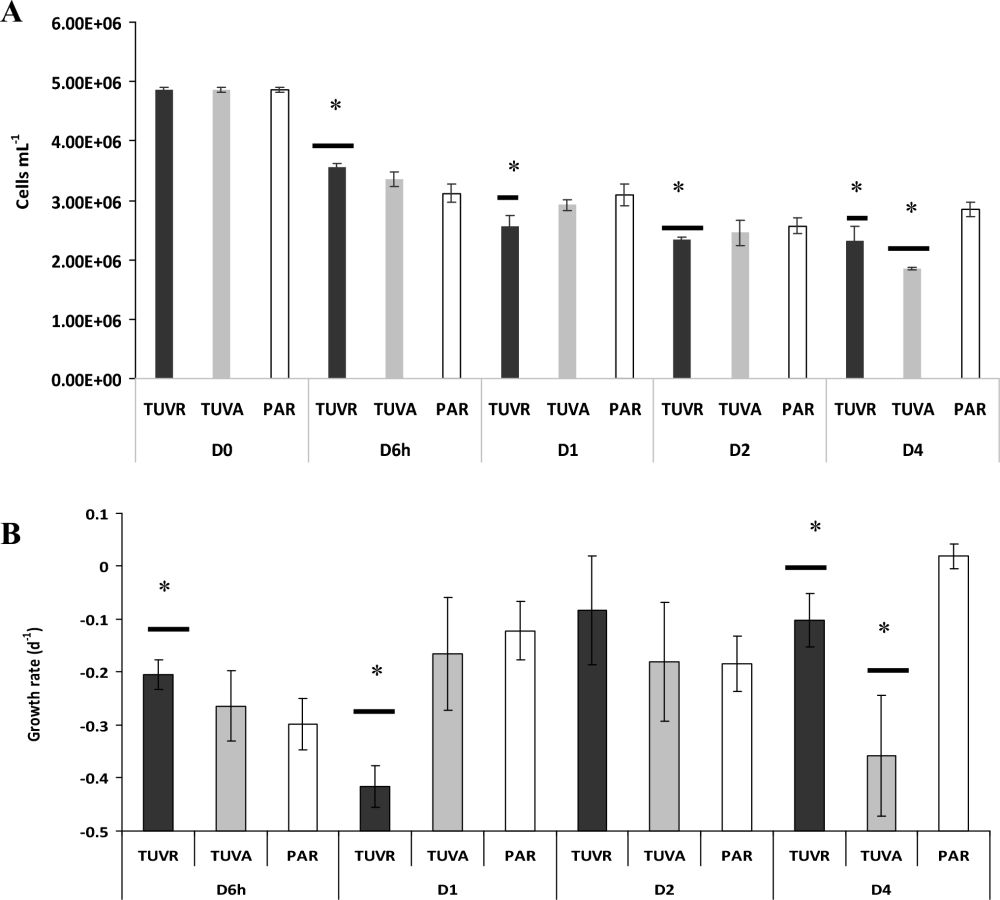Cyanotrans
@cyanotrans.bsky.social
350 followers
350 following
1K posts
We work on little bugs responsible for a big part of the oxygen you breathe: cyanobacteria, with special focus on Prochlorococcus and marine Synechococcus. Further information on our work: http://www.uco.es/cyanotrans/Home.html
Posts
Media
Videos
Starter Packs
Pinned
Cyanotrans
@cyanotrans.bsky.social
· Nov 22
Reposted by Cyanotrans
Reposted by Cyanotrans



















